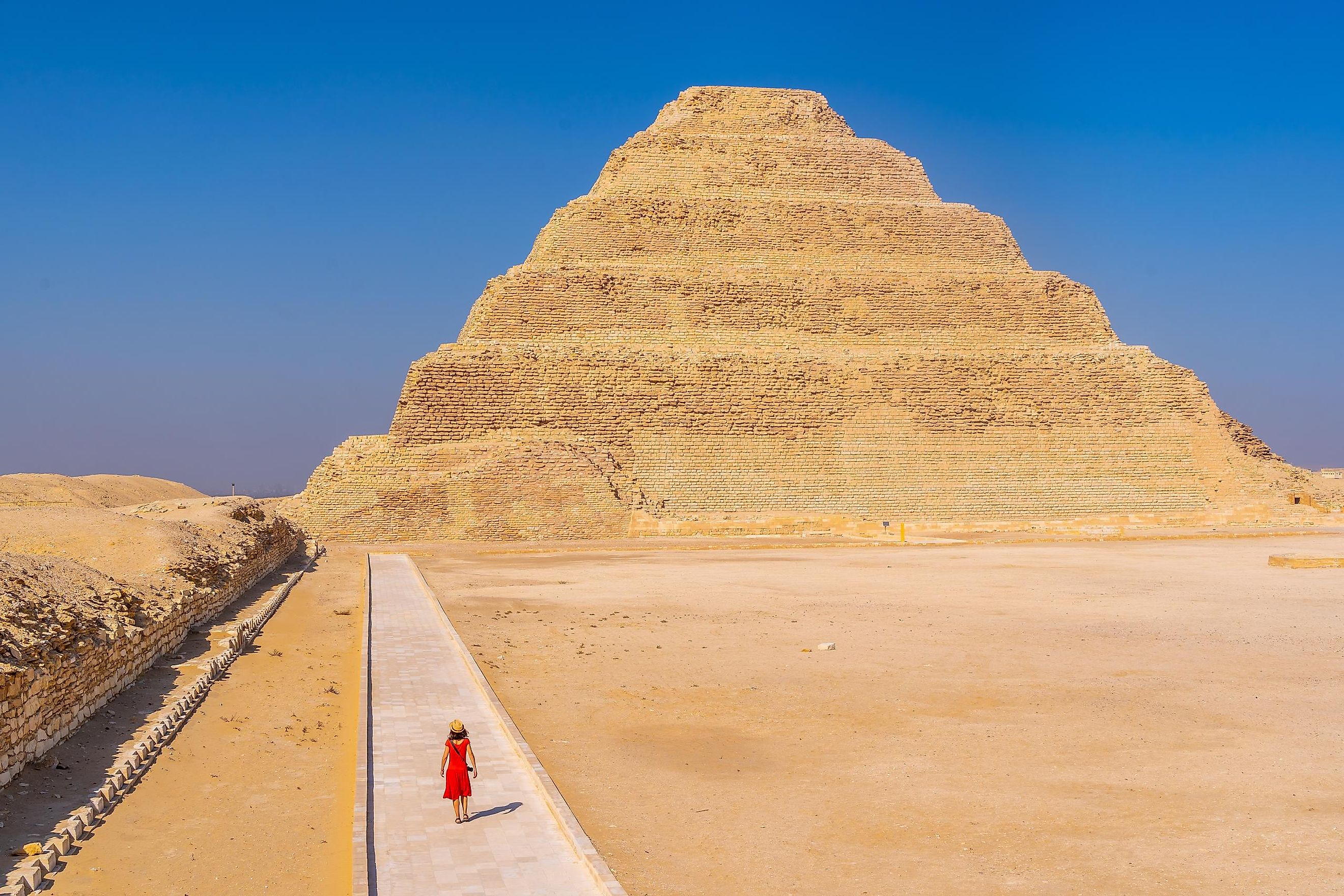
10 Oldest Monuments In The World
The past can sometimes feel like it exists on a different planet. While the present and the future are constantly bombarding our attention, all that came before us is still here, if just slightly in the background. One of the most intriguing ways to connect with the past is to explore the structures that were built long ago. These enigmatic monuments, scattered across the globe, hold within their weathered stones and intricate carvings the secrets of civilizations long gone. From towering megaliths to intricate tombs, these oldest monuments offer a glimpse into the ingenuity, beliefs, and lifestyles of our ancestors.
Göbekli Tepe, Turkey (96th-82nd Century BCE)
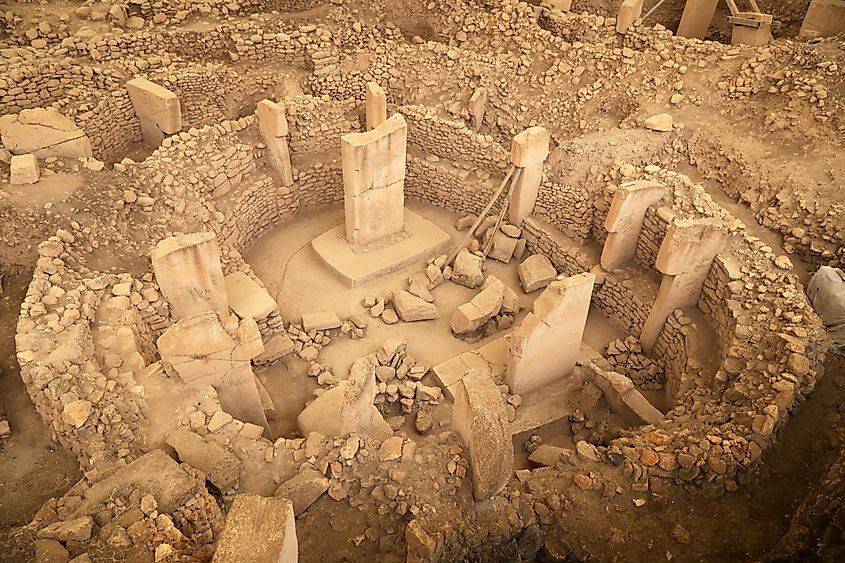
Older than every other entry on this list and considered to be one of the oldest known man-made structures ever discovered, Göbekli Tepe is an ancient collection of buildings and pillars in modern-day Turkey. The adoption of this site is linked to what historians call the Neolithic Revolution, which coincided with human beings beginning to subsist on cultivated food instead of hunting and gathering. The site is believed to be the oldest place of worship that has been uncovered, and evidence shows that some ritual sacrifices and feasts took place among the structures. Other monuments suggest funerary practices, indicating that many different cultural practices were undertaken at Göbekli Tepe. The site today is filled with carved pillars and excavated rooms and is truly a sight to see.
Mehrgarh, Pakistan (70th-55th Century BCE)
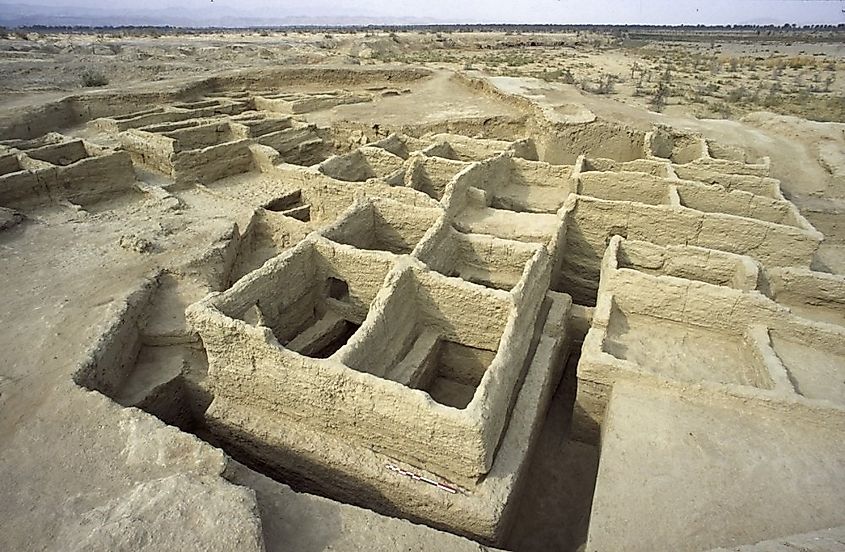
Even older than Barnenez is the ancient city in Pakistan known as Mehrgarh. The site, around 9000 years old, is one of the earliest points of evidence of farming, herding, and metallurgy in the world. Located on the route between the Indus Valley and modern-day Afghanistan, the city almost certainly represents a stop along a trade connection between the Near East and the Indian Subcontinent. Discovered in 1974 and then exhumed intermittently ever since, the site is less monumental than some of the less ancient discoveries on this list. Consisting primarily of stone and brick walls that lie beneath the dirt surface they are being dug out of, what the site might lack in visual spectacle, it more than makes up for in historical intrigue. When you gaze upon the rudimentary walls of Mehrgarh, you are looking back almost as far as you can at the tenacity of the human spirit.
The Great Cairn Of Barnenez, France (48th-40th Century BCE)
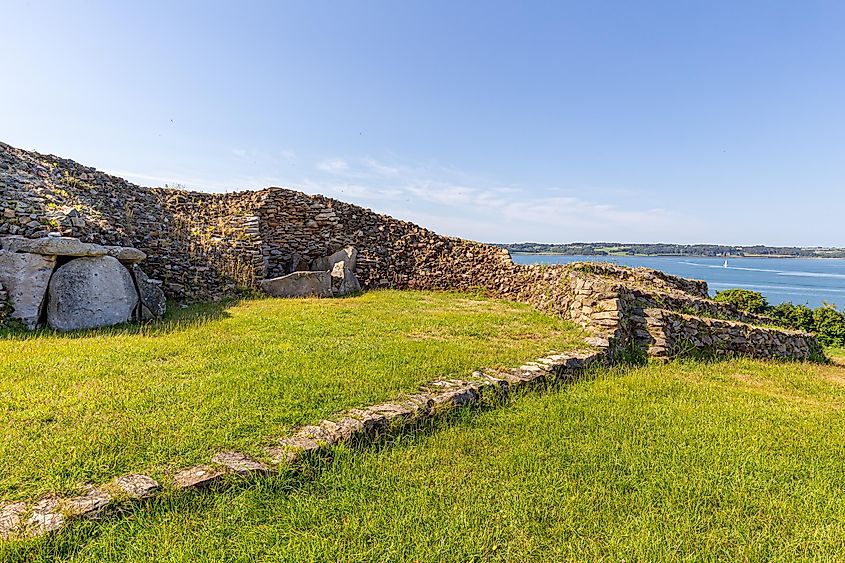
One of the oldest buildings in the world and perhaps the most important ancient structure for studying Western culture, the Cairn of Barnenez is located in the Brittany region of France. The true age of the structure was only uncovered in the 1950s, and since then, there have been different theories about the purpose of the building. The leading theory that the Cairn served as a gravesite has been called into question due to the lack of evidence of items used in mortuary practices. Regardless of its initial purpose, Barnenez stands as one of the most inspiring monuments in Europe. Drawings and carvings line the walls of the passageways that run through the structure, and the sheer scale of the site is astonishing, given its age.
Anu Ziggurat Of Uruk, Iraq (45th-32nd Century BCE)
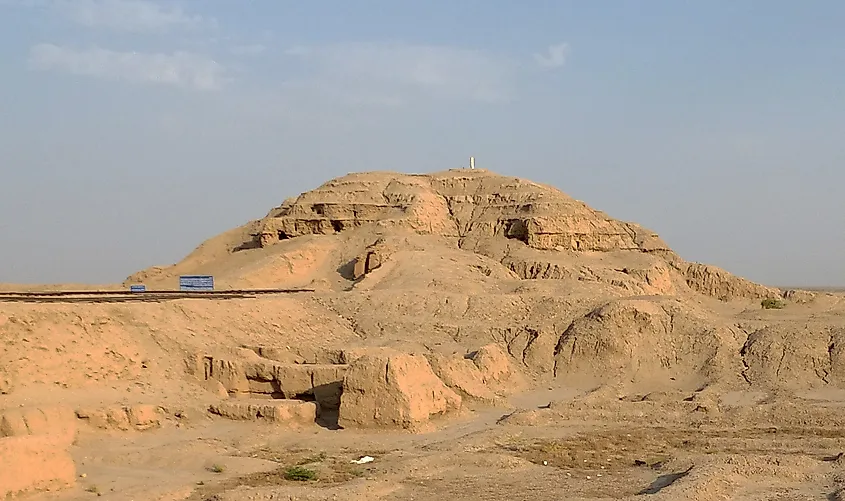
Part of a substantial complex at Uruk, today known as Warka, dedicated to the sky god Anu, the ziggurat here is one of the oldest standing monuments in the world. Ziggurats, resembling four-sided pyramids with their peaks cut off, were thought to be built to resemble mountains and are often considered to have been built for religious or cultural reasons. In ancient times, the ziggurat would have had on top of it a great temple, referred to by historians as The White Temple, which would have been visible from every part of the city it stood above, as well as from great distances away, serving as a form of both power and defense. Today, only the ziggurat remains, and though it is not in the glorious form in which it once stood, it is still a breathtaking sight.
Monte d'Accoddi, Italy (40th-37th Century BCE)
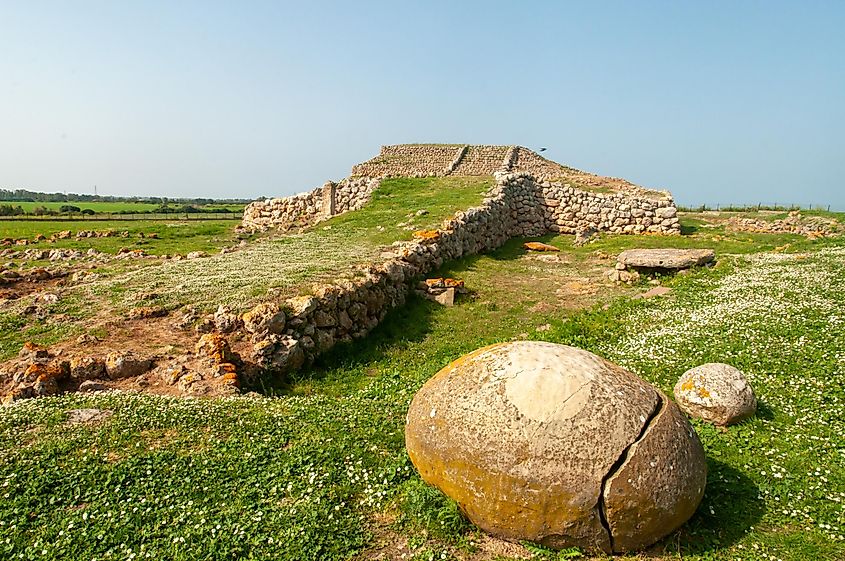
The Monte d'Accoddi in northern Sardinia, Italy, is believed to have been constructed by the Ozieri culture around 6000 years ago. It is a massive stone platform raised from the surrounding plains and considered an altar. Although the culture had no relationship with the Mesopotamians, the structure bears a striking resemblance to their step pyramids, which were built around the same time. Archeological excavations have revealed that the site was used for ritual animal sacrifice, making this one of the earliest locations of such a thing in all of Western Europe. Slight reconstructions that took place in the 1980s mean that visitors today can experience the site in all of its historical significance.
Ġgantija Temples, Malta (36th-32nd Century BCE)
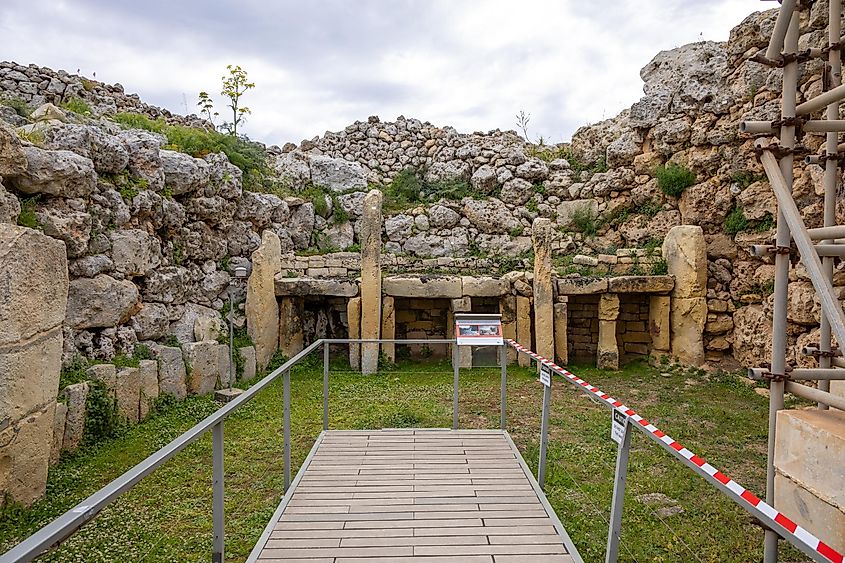
The Xagħra plateau on the Maltese island of Gozo holds some of the most unique ancient structures on earth. The earliest of the Megalithic temples of Malta, the Ġgantija, truly live up to their label as monuments. Among the earliest free-standing stone structures in the world, the temples are older than the Pyramids at Giza. Massive buildings constructed with considerable sophistication for the era, the temples remain in such good condition mostly due to the high-level techniques employed by their original builders, including sourcing different types of limestone and implementing horizontal support beams. Animal bones, stone hearths, and libation holes point to the belief that the temples were used for congregating and, perhaps, communal rituals.
Shahr-e Sukhteh, Iran (32nd-18th Century BCE)
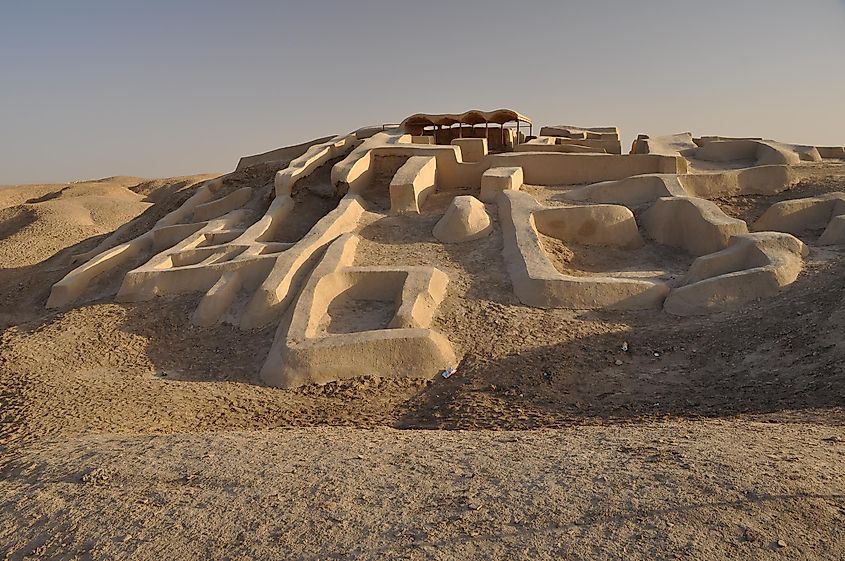
The remains of an ancient walled, mud-brick city, Shahr-e Sukhteh, known as the 'Burnt City", is one of the most fascinating ancient cities uncovered by archaeologists. Located on a junction of Bronze-age trade routes in Iran, the site represents among the oldest complex societies that arose in the country's east. Once a bustling trade center, the city was abandoned after meteorological changes shifted the patterns of flowing water sometime in the second millennium BCE. The city's centralized location on trade routes and its stunning preservation due to the dry desert climate have made the monument a treasure trove of various artifacts. It is not only an important site but a stunning one as well. Tops of walls, markers, and various other pieces of ancient architecture peek out from the sandy desert floor, hinting at a once-thriving civilization.
Dholavira, India (30th-15th Century BCE)
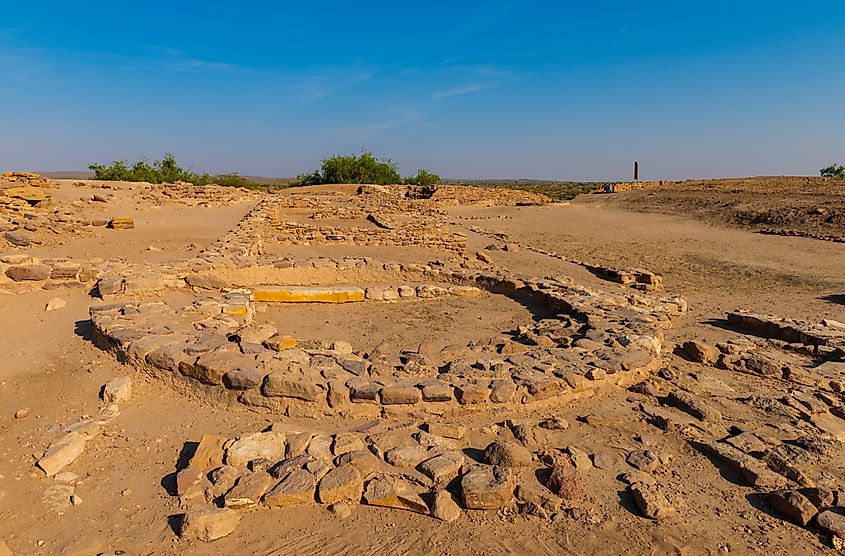
Another intriguing ancient city located in Gujarat, India, is Dholavira, a settlement of one of the ancient Indus Valley civilizations. The site is one of the best preserved in Southeast Asia from the time period, and is a truly breathtaking sight. One of the biggest discovered settlements of the Harappan people, Dholavira has allowed visitors to glimpse the rise and fall of one the earth's most ancient cultures. The city was occupied for more than 1500 years before being abandoned by its residents, and there is much to learn about the time they spent there. Among the most interesting discoveries are the city's water system, which is remarkably sophisticated given the time period, and the cemetery, which contains six individual styles of graves, suggesting a society with strong cultural traditions.
Stonehenge, England (30th-16th Century BCE)
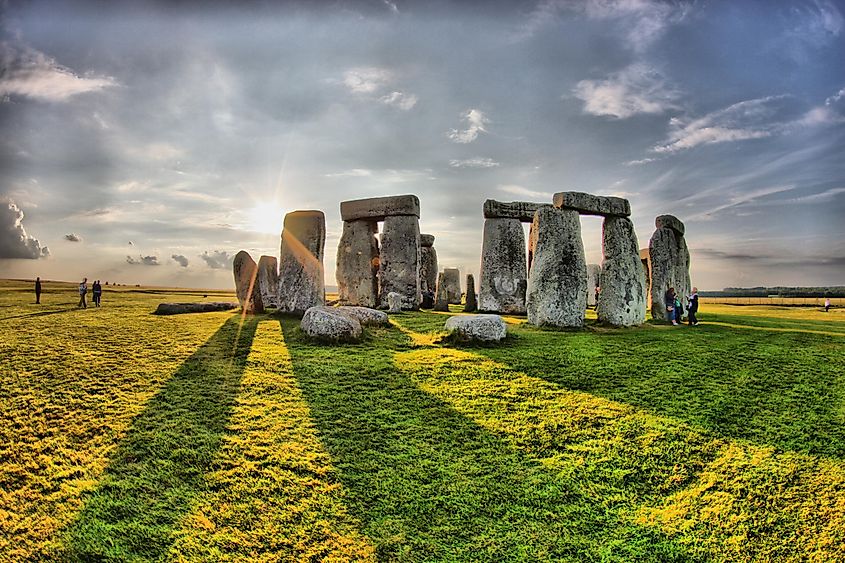
One of the most recognizable cultural sites in the world, Stonehenge is also one of the oldest standing monuments. Constructed in six stages between 3000 and 1520 BCE, the prehistoric stone circle has long lived in the imaginations of everyone who has glimpsed it. The site is believed to have been constructed and modified by many different groups over many eras, either as a burial monument, meeting locale, or as a way to track the sun and moon. The stones of Stonehenge stand mostly at around 13 feet tall, and many are topped with connecting horizontal stones, referred to as lintel stones. Each stone weighs about 25 tons, making the monument a true marvel, both in considering what it must have taken to construct and also just for its own sake as a piece of spectacle. Though many of the supernatural theories associated with this monument have been debunked, there remains something otherworldly about the monument.
Pyramid Of Djoser, Egypt, 27th Century BCE
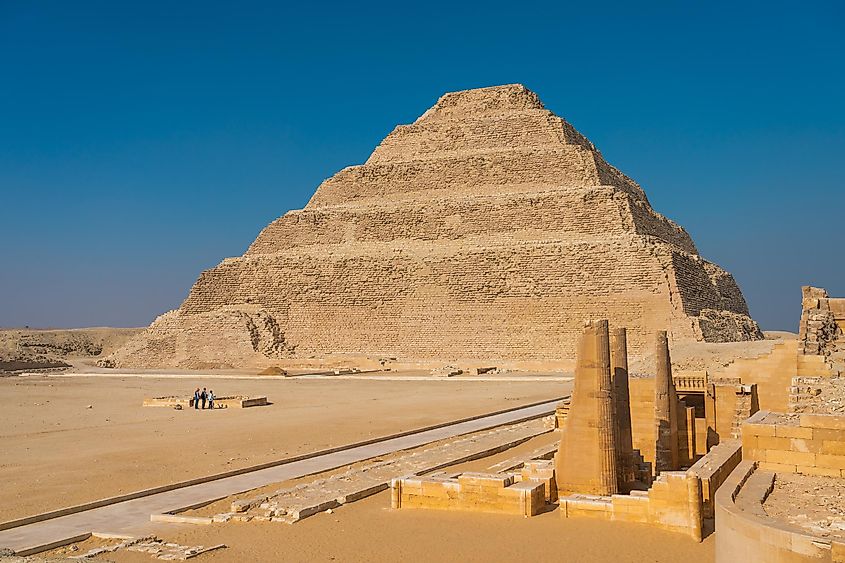
Classed by archeologists and historians to be the very first pyramid constructed in Egypt, the Pyramid of Djoser is thought to be the model that inspired all that followed. Like the famous monuments at Giza, this pyramid was also constructed as a tomb. Built for and named after King Djoser, the pyramid was designed by the world's first-ever-named architect, Imhotep. The monument is located in an ancient burial ground called Saqqara, about 30 kilometers south of modern-day Cairo. Sealed after the death and burial of the king it was named for, the pyramid was unfortunately looted in the intervening centuries, leaving its contents a bit of a mystery for modern-day explorers. Conservation efforts have ensured that at least the structure remains intact, and the site is a fascinating look back into one of the world's most inspiring ancient civilizations.
The legacy of these monuments transcends their physical presence, offering us a chance to reflect on the echoes of antiquity and draw lessons that remain relevant for our future. In preserving and studying these treasures, we honor the tapestry of human existence, weaving threads from our past into the fabric of our shared global identity. Just as these monuments have outlasted empires and generations, may they inspire us to build a world that echoes the grandeur of human creativity, wisdom, and connection.











